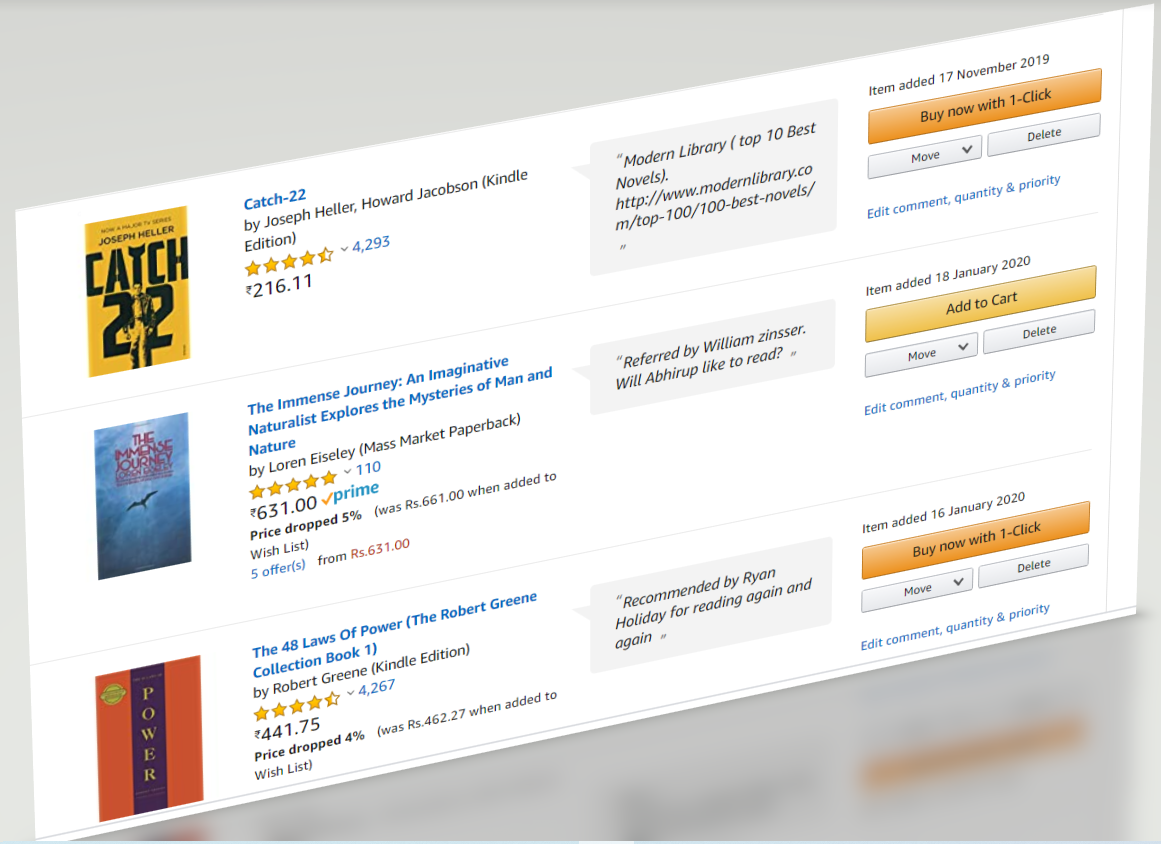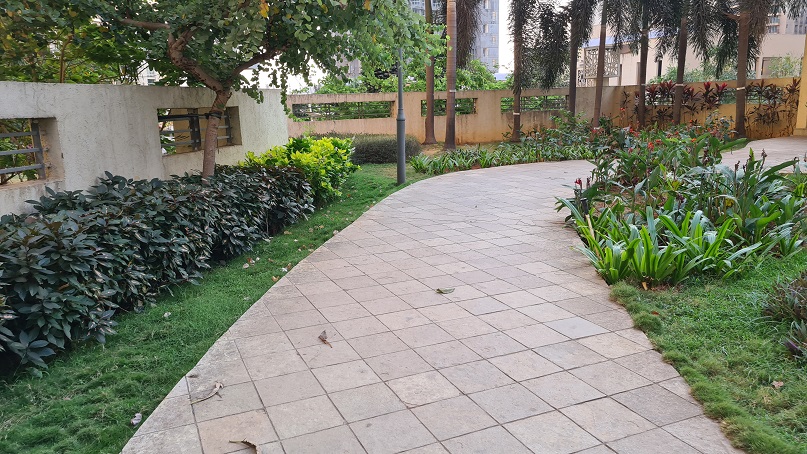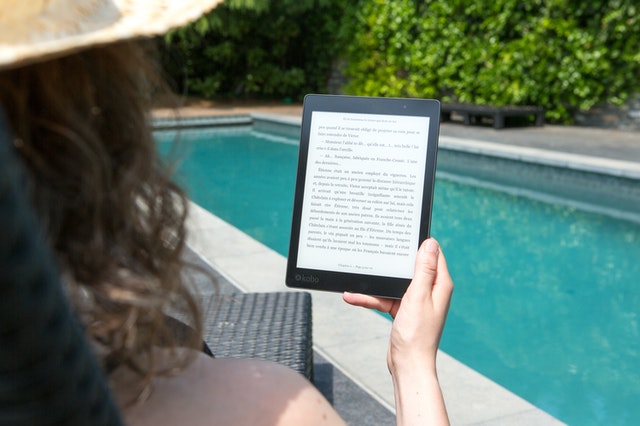What is the best way to make agendas for productive meetings?
What’s Your Hobby? Reading Books or Just Buying Them?
Tsundoku (Japanese: 積ん読) is acquiring reading materials but letting them pile up in one’s home without reading them.Source: Wikipedia
How can you be more productive with reading books
In my earlier posts, I had delved into, how we collect the relevant content for our reading and how we organize it for “reading later App”. Still, a question, probably most difficult, is unsolved and that is when to read it. Reading small posts is one thing but reading articles of a few pages or books is another. Thus, most of us need a reading ritual to be successful at it. Consistency is the key here. You should include reading as part of your daily schedule. Let’s see how!
If you allot a prime time slot (I mean when you could do other priority works) to reading, you will end up skipping reading and if you give a time slot when you would be tired, you couldn’t go beyond the first page itself. You have to find something in the middle.
A great trick here is to read along with one of your chores. The best one is to read along with pacing in a non-crowded and familiar place, typically in the evenings. You should choose a place which you could walk even blind-folded like it could be pacing in your courtyard or lawn. I pace in my thirty feet long balcony of my condo or the walking track of our community (featured image). Try reading for an hour every day. Physical activity will keep you alert with your reading and your body will get some exercise too, which itself is in short supply nowadays.
A pro tip here is to track your progress. You will like to see how a small effort, but done regularly, makes such a big difference. Don’t do anything big; just record the page number where you stopped each day. Also don’t forget to check your health App showing number of steps walked.
Either just walking for physical exercise or just sitting to read might appear as a wastage to a time thrifty mind, but both together starts justifying the time spent. Also, somehow the open air and nice evening time make our mind receptive to reading. Happy reading!
How to not miss wishing people on their birthdays and anniversaries
You might be thinking, Why should I bother with a system for birthdays and anniversaries when I already have Facebook or LinkedIn doing the job for me? Here’s the thing: not everyone is on social media. And what if you decide to take a break from it? You could unintentionally disappoint friends and loved ones by missing their special days. That’s why having your own failsafe system for reminders can be a lifesaver!
Setting up this system is simple, but there are a few specifics to keep in mind:
- Create a Separate Calendar
Avoid cluttering your business or work calendar with personal reminders. Most leading calendar apps allow you to create multiple calendars—make use of this feature. - Use All-Day Events
Set these reminders as day-specific, all-day events so they stand out without interfering with your daily schedule. - Enable Annual Recurrence
When you add these events, set them to recur annually. This way, you won’t have to worry about updating them every year—it’s all automatic. - Adopt a Gradual Approach
Don’t overwhelm yourself by trying to add every birthday or anniversary in one go. Instead, make it a habit to add events as you learn about them. Over time, with minimal effort, you’ll build a robust “asset” of important dates. - Note Key Milestones
If you know the year of birth, marriage, or any other milestone, include it in the event details. A specific message like, “Best wishes on 25 years of marriage!” feels much more meaningful than a generic “Happy anniversary!”
As we discussed the importance of carefully choosing what to add to our calendars, birthdays and anniversaries are definitely top contenders.
With this simple system in place, you’ll always be ready to celebrate the people who matter most—no matter what!
How to organize your smartphone storage for efficiency and fun – 2
In the first post in this series, we cared about managing pictures and videos on your mobile device. Although storage on our devices is getting bigger but so does the data that we create or receive. So being organized helps to keep storage under control. Lesser data eases everything, like finding things on your phone, the performance of your device, the backup process, and stress on your mind.
In this post, I will talk about text messages.
Businesses still use SMS to provide important notifications and OTPs. Most people tend to retain all these messages forever. Some crafty marketing guys find some legal or illegal way to reach out to you. People helplessly watch those messages piling into their devices.
If you are part of chatty messaging groups, you see 100s of messages on a small trigger (You know this, if you use WhatsApp!)
One of my friends said that he agreed that this is all clutter but he did not find cleaning it worth his time. Point taken! So here is a strategy to keep the clutter away and without creating a new job for you. This is how it works.
- Once you open a message
- Delete it right away, if it is useless (ex. unwanted marketing messages)
- Read it and after reading if you are sure that you don’t need it, delete it (ex. OTP, bank transaction notification, etc.).
- Read it and if you think that you might need the message later, STAR the message (most Apps provide this feature)
- Sometimes you get many messages from a single source and you could read all and delete them in bulk. That is when the starred messages will be skipped from deleting. (Note: You get a check box asking to delete even starred message, never check that box. That is our safety catch.)
- Once you realize that a starred message is no more required, you first UNSTAR it and then delete it as per the usual procedure.
This process does not add any major overhead as you do that while staying in the App and in the context. But it helps you to keep your device clutter-free. (As of writing, in my SMS app, I have just one starred message! That’s all!).
Endnote: In the initial days, take a little extra time to decide before deleting. You don’t want to get into trouble by deleting something very important.
(featured image: Photo by Roman Pohorecki from Pexels)
Why It’s Time to Switch to E-Books: 12 Productivity-Boosting Benefits
Whether you read to learn, to escape, or simply to enjoy a good story, reading plays a vital role in our personal growth and well-being. But in today’s busy world, how we read can be just as important as what we read.
That’s where e-books and e-readers come in. They’ve evolved into smart companions for readers of all kinds—non-fiction enthusiasts looking for knowledge, and fiction lovers who crave immersive storytelling alike. While the charm of printed books is undeniable, switching to e-books brings a host of practical advantages that are hard to ignore. The transition may take some getting used to, but it’s well worth it.
Here are 12 compelling reasons to consider making e-books a part of your reading routine (with Amazon Kindle in mind, though most of these apply to other popular e-readers too):
- Try Before You Buy
Download free sample pages and see if the book is a good fit before committing. -
Instant Access
Find a book you want? Start reading it within seconds—no shipping delays, no bookstore visits. -
Read Anywhere, Anytime
Sync your reading across devices—your phone, tablet, Kindle, or desktop. You don’t even need to install the app; you can simply use the Kindle Cloud Reader in your web browser. Whether you’re on the move or at your desk, your books are just a tap or click away.. -
Your Library in Your Pocket
Carry all your books wherever your phone goes. Perfect for those moments when curiosity strikes and you want to reference something right away. -
Powerful Search
Easily look up words, phrases, or topics across an entire book. No more flipping through pages. -
Tap for Definitions & Info
Instantly look up word meanings, Wikipedia entries, and more—without breaking your reading flow. -
Highlight & Revisit
Mark key ideas while reading and export all your highlights into a PDF for easy reference later. -
Effortless Sharing, No Lost Books
Share quotes and insights instantly with friends. And the best part? You’ll never lose a book you lent out again. 😉 -
Customizable Reading Experience
Adjust font size and style to your preference—no reading glasses needed. -
Save Shelf Space
Especially valuable if you live in a metro where space is at a premium. -
Budget-Friendly
E-books are often cheaper than printed versions. -
Never Lose a Book Again
Your entire collection is backed up in the cloud—always accessible, never misplaced.







